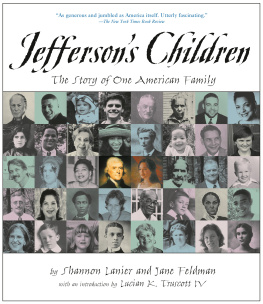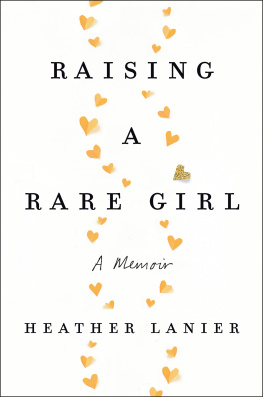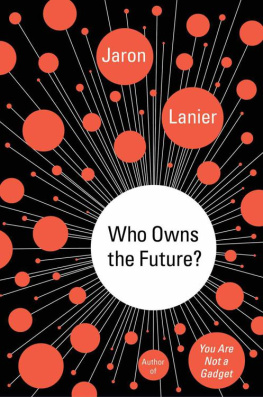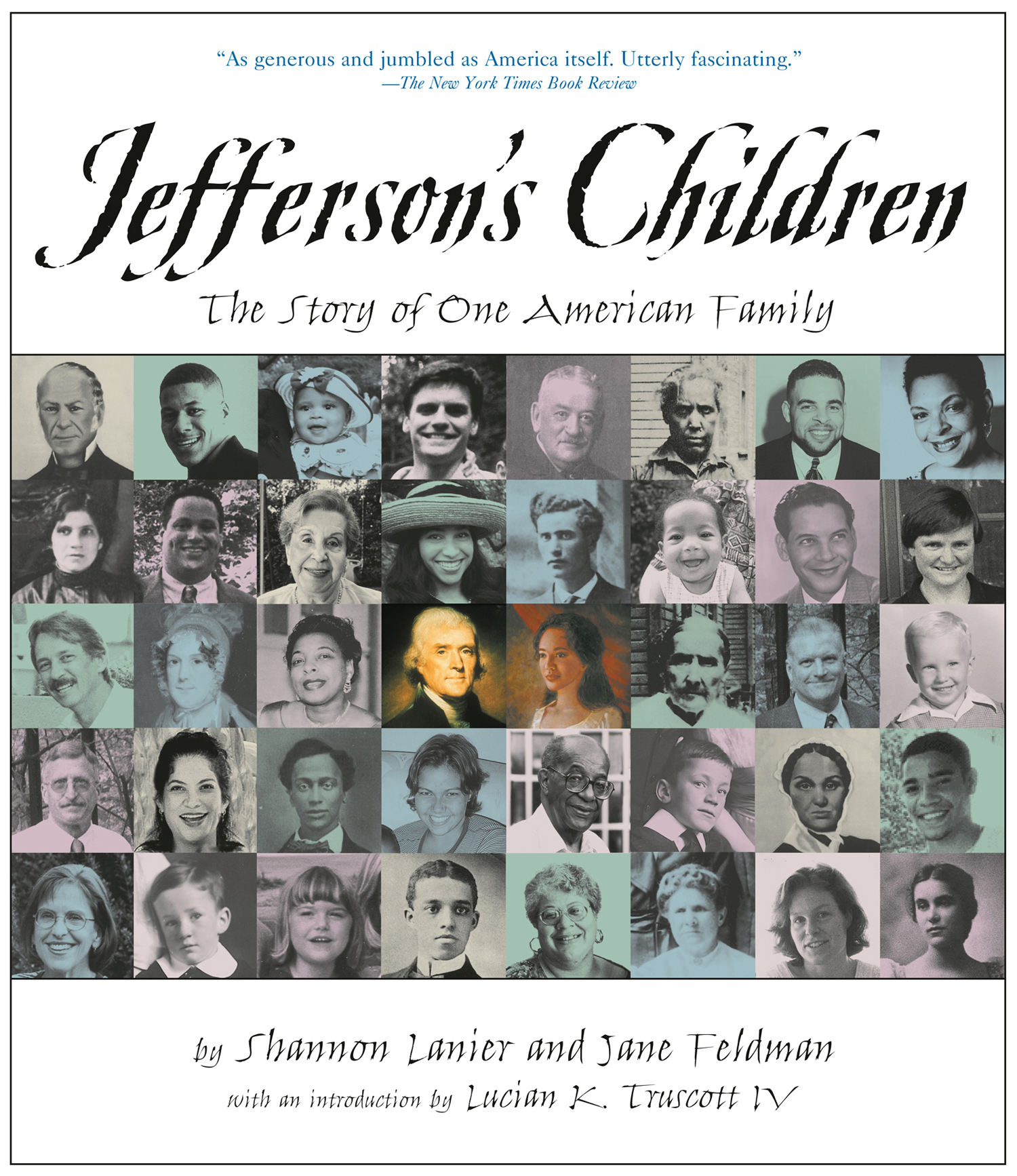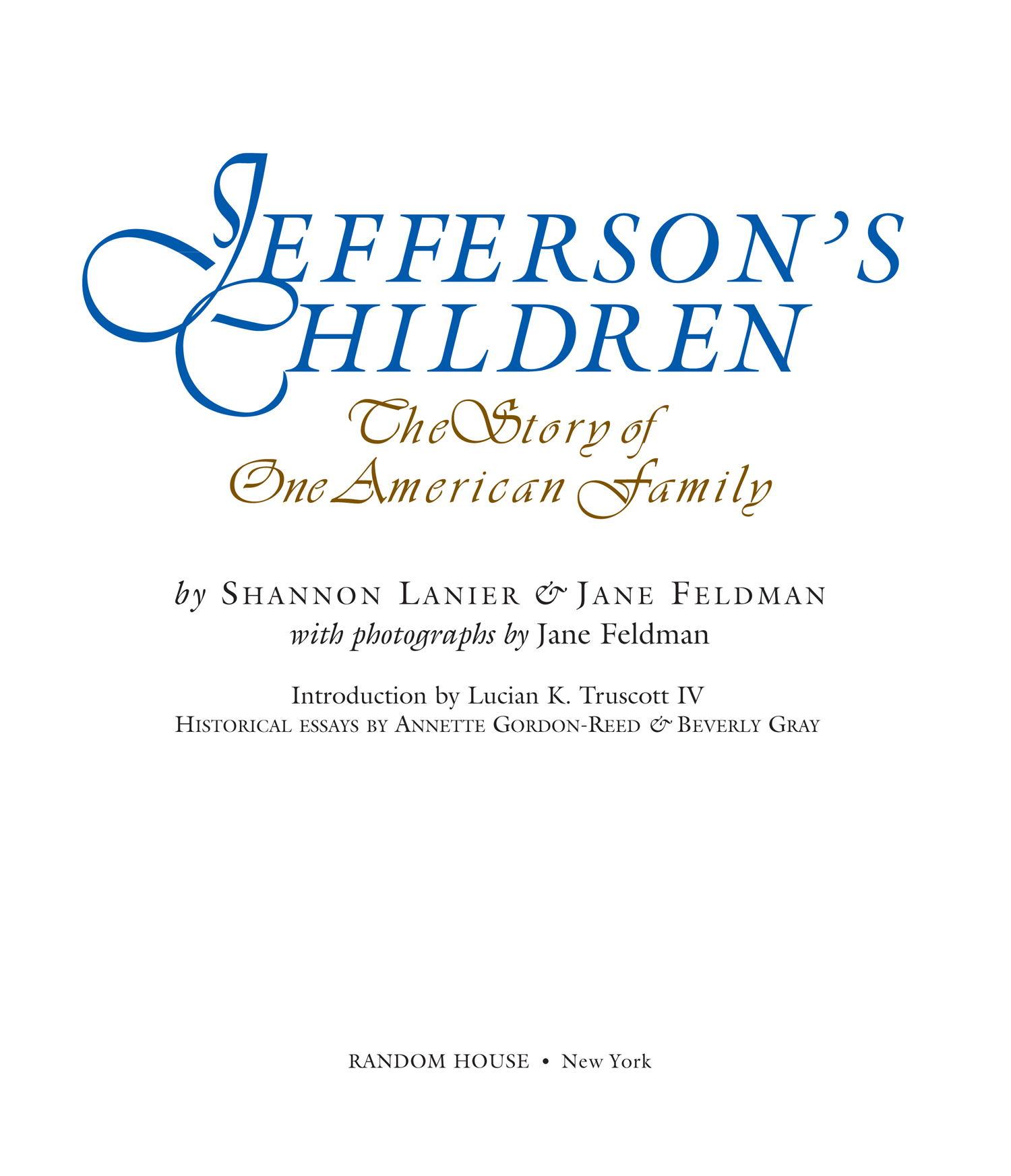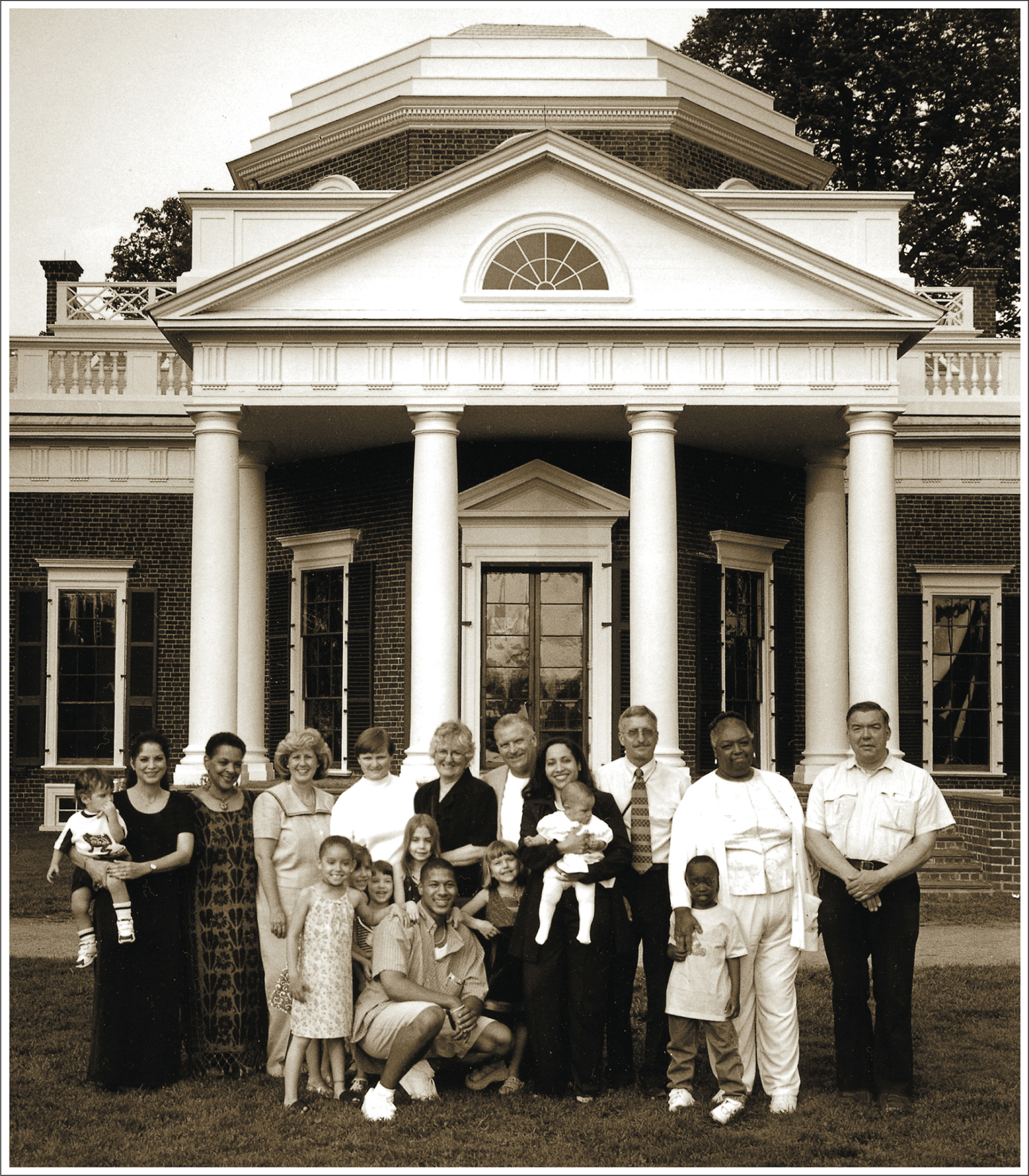Contents
Landmarks
Print Page List
Text copyright 2000, 2002 by Shannon Lanier and Jane Feldman.
Photographs copyright 2000, 2002 by Jane Feldman.
Introduction copyright 2000 by Lucian K. Truscott IV.
Essays entitled Thomas Jefferson by Annette Gordon-Reed and Sally Hemings by Beverly Gray copyright 2000 by Random House, Inc.
Freedom Interrupted copyright 2001 by Julian Bond.
All rights reserved under International and Pan-American Copyright Conventions.
Published in the United States by Random House Childrens Books, a division of Random House, Inc., New York, and simultaneously in Canada by Random House of Canada Limited, Toronto.
Originally published in slightly different form in hardcover by Random House, Inc., in 2000.
Sources of photographs and other art are cited on .
Lucian K. Truscott IV was originally published as Jeffersons Children in the July 1999 issue of Life magazine.
Copyright 1999 by Lucian K. Truscott IV. Reprinted by permission of the author.
Jill Sim was adapted from an article entitled Fading to White, first published in the February/March 1999 issue of American Heritage magazine.
rhcbooks.com
Library of Congress Cataloging-in-Publication Data
Lanier, Shannon. Jeffersons children : the story of one American family / by Shannon Lanier and Jane Feldman; with photographs by Jane Feldman; and an introduction by Lucian K. Truscott IV.
p. cm. Includes index and bibliographical references.
ISBN 0-375-80597-4 (trade) ISBN 0-375-90597-9 (lib. bdg.) ISBN 0-375-82168-6 (pbk.)
1. Jefferson, Thomas, 17431826FamilyJuvenile literature. 2. Hemings, SallyFamilyJuvenile literature. 3. Jefferson familyJuvenile literature. 4. Hemings familyJuvenile literature. 5. Afro-AmericansInterviewsJuvenile literature. 6. Racially mixed peopleUnited StatesInterviewsJuvenile literature. 7. Afro-AmericansGenealogyJuvenile literature. 8. Racially mixed peopleUnited StatesGenealogyJuvenile literature. 9. United StatesRace relationsJuvenile literature.
[1. Jefferson, Thomas, 17431826Family. 2. Hemings, SallyFamily. 3. Jefferson family. 4. Hemings family. 5. Racially mixed peopleInterviews. 6. United StatesRace relations.] I. Feldman, Jane. II. Title.
E332.2.L35 2000 973.460922dc21 [B] 00-44551
Ebook ISBN9780593427033
RANDOM HOUSE and colophon are registered trademarks of Random House, Inc.
a_prh_5.6.0_c0_r0
Contents
Dedicated to the American Family
to the ancestors who preceded us,
the families that surround us now,
and the generations to come.
May we someday truly be one American family.
Introduction
BY LUCIAN K. TRUSCOTT IV
Lucian K. Truscott IV with his daughter, Lilly, and wife, Carolyn.
T HE BOOK THAT YOU HOLD IN YOUR HANDS gives eloquent testimony in photographs and interviews that Thomas Jefferson had not one but two families. His first family was with his wife, Martha. I am a fifth great-grandson of Thomas Jefferson, through their daughter Martha Jefferson Randolph. After the death of his wife, Thomas Jefferson had a relationship with his slave Sally Hemings and fathered seven of her children. The people you will meet in these pages are descended from these two women.
Its a sad fact that two hundred years after Jeffersons relationship with Sally Hemings was first exposed in a Virginia newspaper, nearly fifty years after the Supreme Court ordered an end to segregated schools and forty years after the civil rights movement ended segregation in the South, there is still resistance to the notion that Mr. Jefferson had children with a slave.
There would seem to be an easy explanation why this is so. Racismthe bald-faced lie that whites are inherently superior to blacksexplains part of it, for if our founding father Thomas Jefferson was superior to his slave Sally Hemings, how could he have a relationship with her? Several generations of historians have indulged in the same kind of reasoning and staked their professional careers on protecting the reputation of Mr. Jefferson from stories that he was guilty of race mixing.
But these explanations are not enough. The denial of Jeffersons relationship with Sally Hemings is deeply rooted in two hundred years of Americas silence about slavery, as if by not talking about it we could wish it away. But three centuries of slavery have not gone away. They are part of a long, hard legacy we as a nation have failed to properly remember and account for. That we find ourselves at this late date confronting our tortured racial past in the person of Thomas Jefferson speaks volumes about how short has been the distance weve come since he wrote all men are created equal.
Its easy for us as American citizens to turn our headsto have wealth and ignore poverty, to be healthy and ignore the sick, to be educated and ignore those who cannot read and write, to vote and ignore those striving to become citizens and gain the vote. Its as if our constant forward motion leaves behind us a turbulent wake obscuring our past. Yet we will fail history if all we do is look to the future.
Our racial history in America has been freighted with lies. Much of it has been covered up, and the truth about slavery has been hidden away and denied. Historians have refused to listen to African-American history as it has been passed down through the generations. It should be made clear right here, right now, that the Jefferson/Hemings story has been controversial only among white people. African Americans have long accepted the story, passing it as oral history from one generation to the next.
That is why the story of Thomas Jefferson and Sally Hemings is so important. It shows us that the truth of our racial past has been right before our eyes all along. All we have to do as Americans is to wake up in the morning and go outside. Around us walk people who proudly present to the world their faces in a rich mix of colors. Their pride is all the evidence well ever need that race mixing is as American as apple pie, motherhood, and stock car racing.
If we can look at these photographs of Mr. Jeffersons great-grandchildren, we can finally as a nation begin to bridge the gap between his life and his beliefs, a gap that Mr. Jefferson did not bridge when he failed to free his slaves on the day he wrote the Declaration of Independence. If we can finally admit that the third President of the United States had two families, and that one of his families was African-American, then we can demystify race.
All these years since the founding of our country, we have been led to believe by law and culture and ugly racial attitudes that we are separate and different because of the color of our skin. But the story of Thomas Jefferson and Sally Hemings teaches us that we havent been separate, different families. We have been one family all along.

